Why Are There Foamy Bubbles on Top of Fish Tank
Hey, dear friends! Have you ever seen foamy bubbles on the water surface in your fish tank? Are the bubbles harmful to your fish? And do you know what causes the bubbles on the top of your fish tank? If you do not have answers but are passionate about these topics, continue reading. This article will give you some ideas about that. Let’s dive in.
Content Table
The causes of foam bubble on top of fish tank
Foam bubbles are a ball of gas in the water. Water agitation, poor water quality, soap, and bubble nests are potential reasons for forming foam bubbles on top of fish tanks. Specifically, as you refill or cycle your fish tank, the water usually moves around, which will cause foam bubbles on top of fish tanks. Fortunately, the kind of foam bubbles are harmless. Also, poor water quality is one cause of foam bubbles. Excess protein and dirty water are reasons for poor water quality.
As the accumulation of uneaten food, waste, and debris, the nitrite and nitrate levels may increase as well. And it will lead to poor water quality. Besides that, foam bubbles may form because of soap. Nonetheless, it is harmful and even fatal for fish.
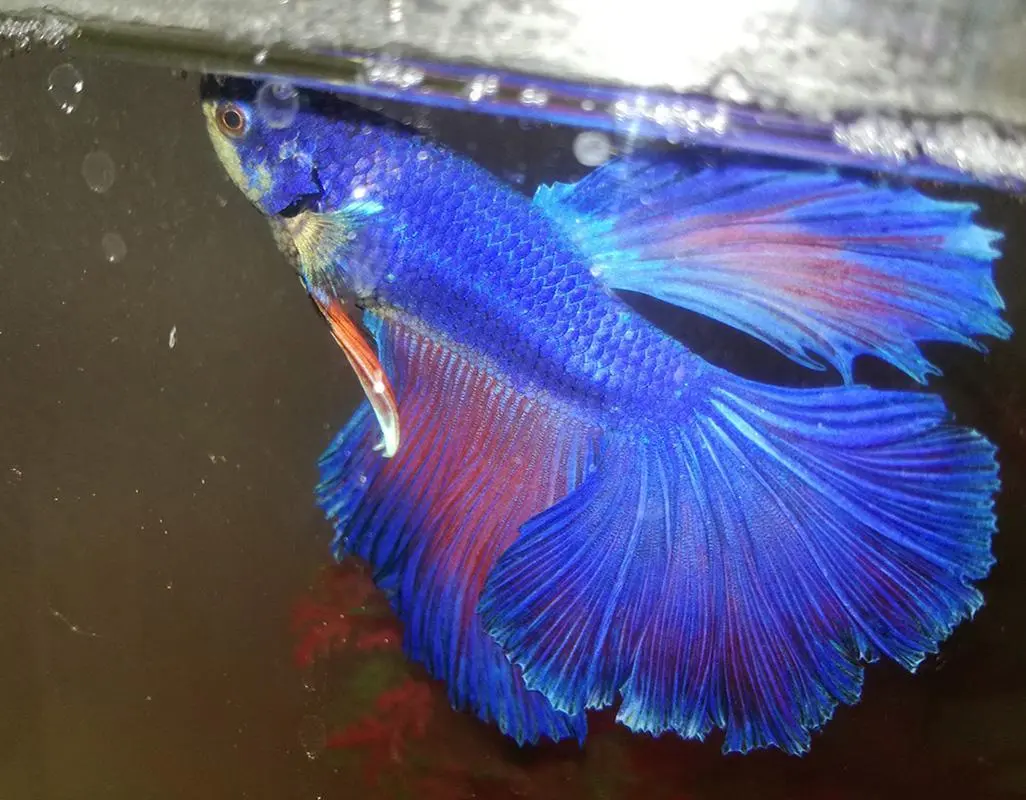
Consequently, you should be careful when cleaning fish tanks. Soap may get into your fish tank via cleaning tools, an algae scraper, and a brush for instance. As a result, it is better not to rinse your tank, cleaning tools, aquarium equipment, or other things with soap. Or the soap residue would be left in your tank. Aside from that, the bubbles can be bubble nests, which is common in betta fish tanks. It is harmless, but a good symbol. The bubble nests are composed of a ball of air, which would later be coated in fish saliva.
Bubbles in a betta tank
Exactly, there are two other reasons for bubbles forming in betta fish tanks, including bubble nests and breathing. Usually, male bettas build bubble nests on the water surface for spawning. The bubble nests can protect bettas’ eggs until eggs are hatched. Although there are no female bettas in the tank, male ones will also create bubble nests. Nevertheless, it will not bring bad impacts.
On the contrary, it means that male betta fish are healthy. On the other hand, betta fish are one type of labyrinth fish. Accordingly, they can breathe on the water’s surface and absorb oxygen. While bettas breathe on the water’s surface, bubbles will be released from their mouths. The bubbles will disappear after some time.
In short, bubble nests and breathing bubbles are not evil for fish. But you’d better not disturb bettas while they are building bubble nests. Otherwise, betta fish may be stressed and unhappy.
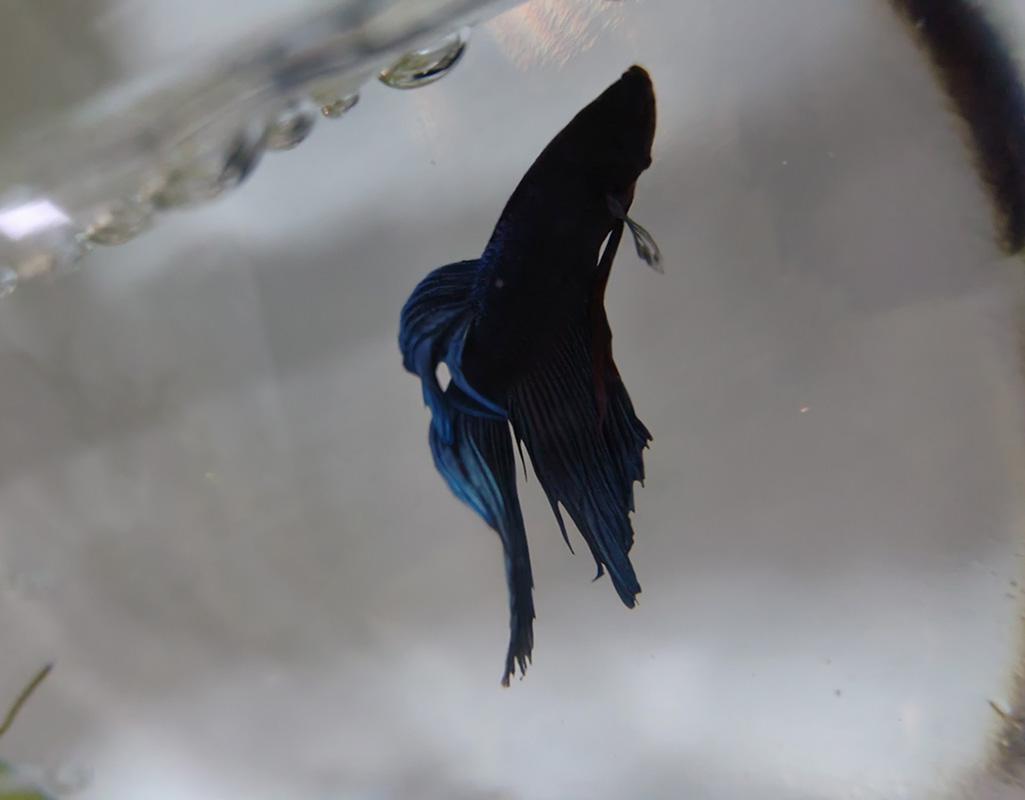
How to get rid of bubbles in a fish tank
Seeing that some bubbles will cause bad impacts on fish tanks, and even be threats to fish and other creatures. The bubbles may also be a signal of poor water quality. Thus, this segment will share some ways to eliminate the bubbles in fish tanks.
Provided that bubbles are the result of water agitation, then it is feasible to adjust the outflow of your aquarium filter. After decreasing the outflow strength and angle, the bubbles will be reduced or eliminated accordingly. But if the bubbles are caused by poor water quality, you must improve water quality.
On the one hand, change the water in your fish tank. Meanwhile, using a gravel cleaner can help you out, including changing the water, cleaning the substrate as well and removing excess debris and waste.
Furthermore, you can add an air pump. An air pump can help to improve the oxygen level and expel excess carbon dioxide. Then the water quality can be promoted. Also, cleaning the aquarium filter is necessary. As for the soap bubbles, you should remove your fish from another aquarium as soon as possible. Then clean the original fish tank, and rinse all components in the tank. For the aquarium filter, you need to replace the filter media.
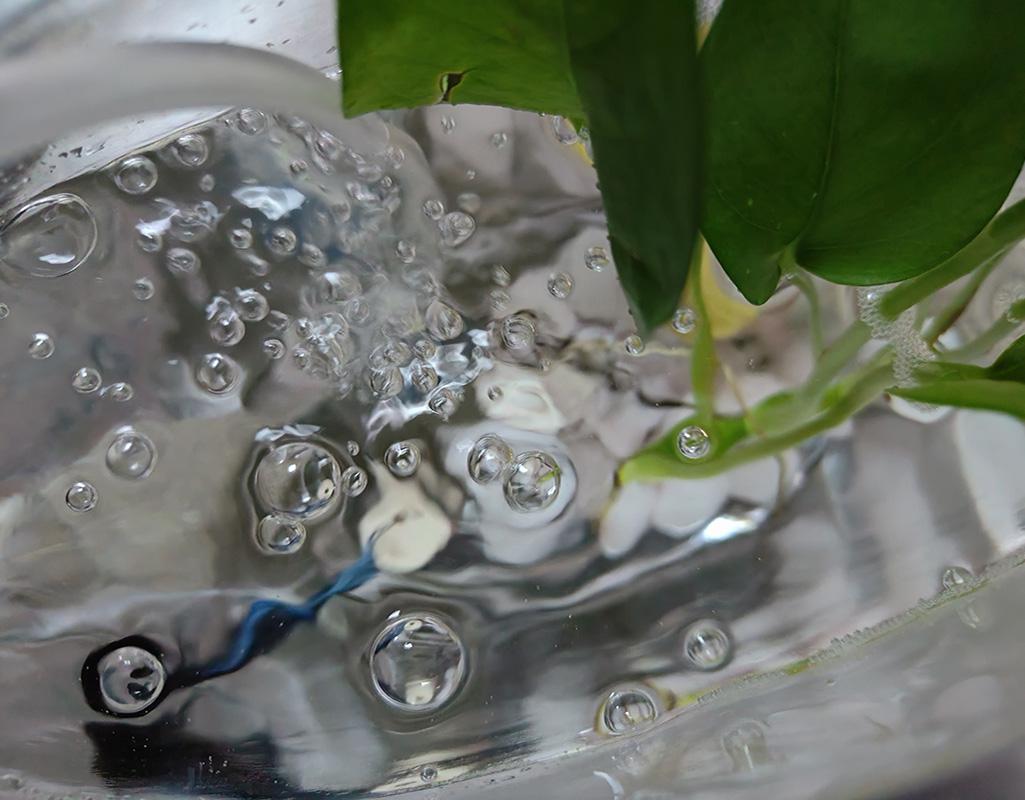
In addition to ways to get rid of bubbles, there are some tips about preventing bubbles from forming in fish tanks. First, you can slowly pour water from one side of your fish tank. Moreover, do not overstock. In the meantime, keeping appropriate tank maintenance, regular water change, proper feeding, and aquarium equipment cleaning. Since large water change means fluctuations of water parameters, which may be harmful to fish.
Hence, it is recommended to improve the water change frequency, rather than the water change quantity each time. Changing 20-30 percent of the water each time is feasible. Indeed, once you find a dead fish, you should remove it immediately. Furthermore, do not rinse the fish tank, stones, rocks, gravel, or other aquarium accessories with soap or other cleaners.
Reminder
Apart from the bubbles on the water’s surface, bubbles may also form on the skin, fins, gills, and eyes of fish. It may be the result of one aquarium disease, called “Gas Bubble Disease”. And the disease may lead to fish deaths. More seriously, however, assume that the bubbles on fish are small, it may be a parasitic disease, named “White Spot Disease”, which is fatal for fish. It is better to prevent white spot disease on fish than cure it. That is all for today. Feel free to share your points in the comments. Finally, thanks for your reading!

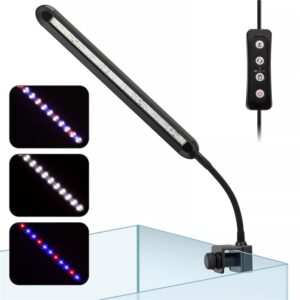
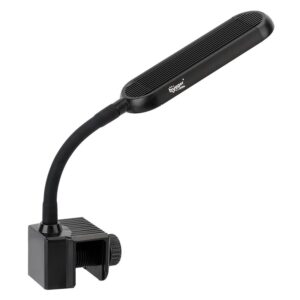
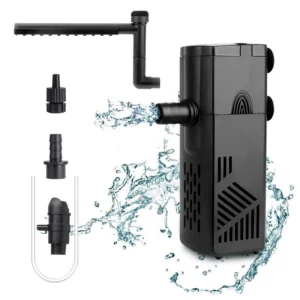
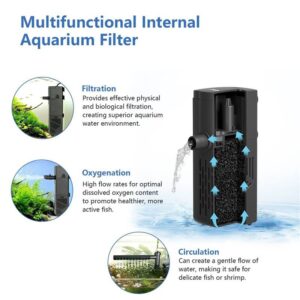
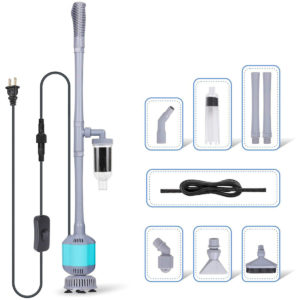
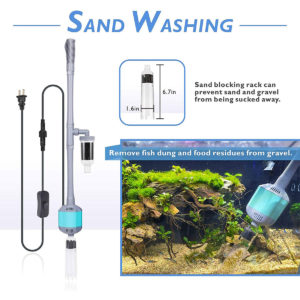
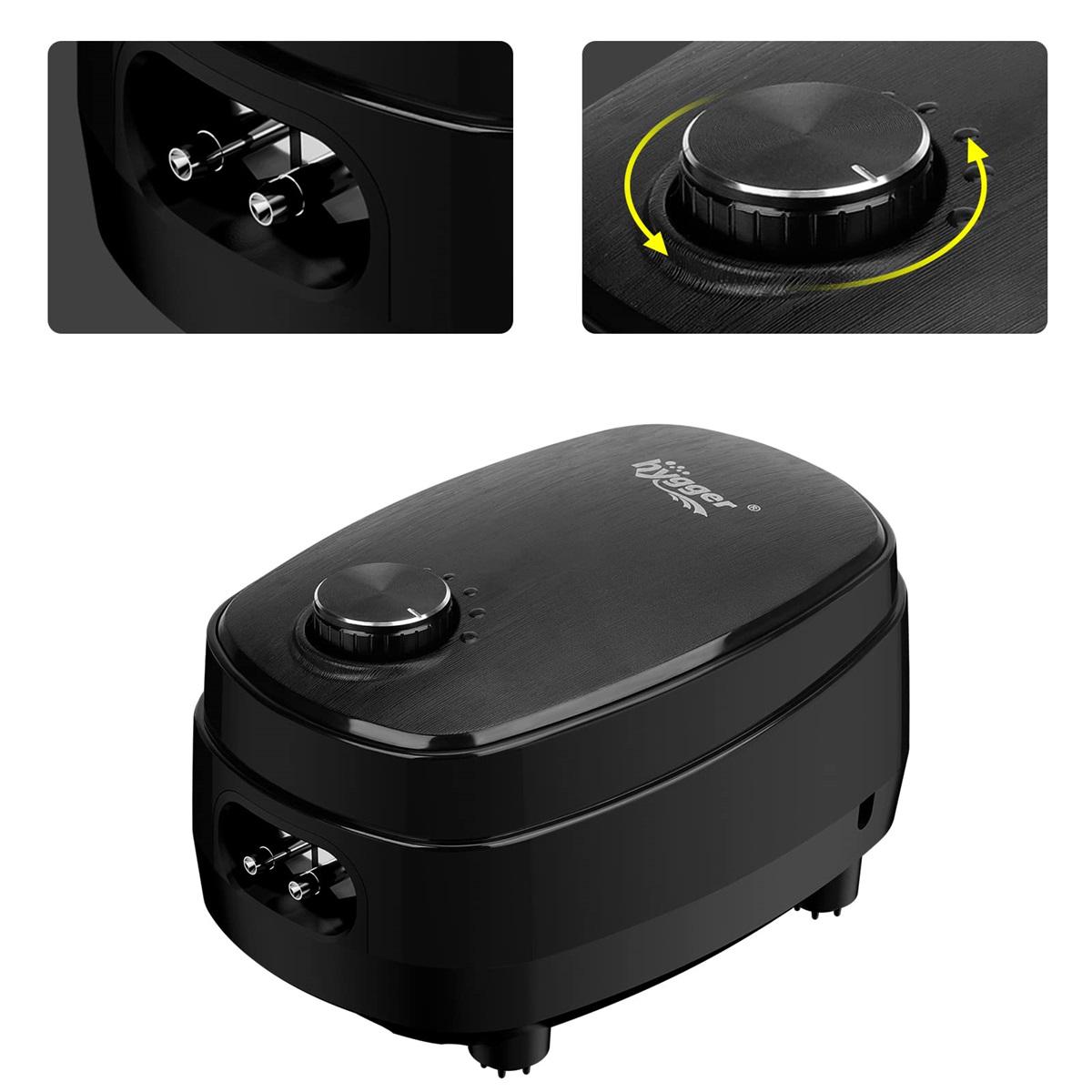
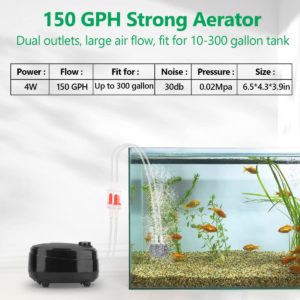
Don’t worry, those foamy bubbles on top of your fish tank are simply a natural occurrence caused by excess proteins and organic matter – just keep an eye on water quality and your fish should be happy!